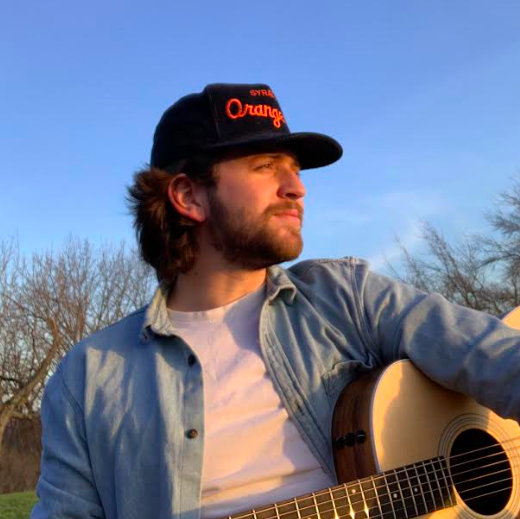
The common narrative of 2020 — and perhaps our collective memory of that tumultuous summer — is that corporations delved neck-deep into conversations of police brutality and a culture of excessive force. But for all the lofty words, the condemnations of violence and commitments to change, most corporations have quietly shifted back to their standard messaging and practices, even as police violence increased.
An estimated 1,096 people were shot and killed by police in 2022, an increase from 1,019 people in 2020, according to real-time tracking from the Washington Post. U.S. police have shot and killed 436 people since the start of the year, according to the database.
Last year marked the highest number of police killings since the paper started keeping track in 2015, with a disproportionate number involving Black Americans. So, what prompted large corporations to go quiet on police reform? Are consumers just not applying the same pressure?
Why have brands grown silent on police violence? Thinking back to what they really said
For starters, a brand can’t become silent on an issue it never explicitly addressed. Most companies that issued statements regarding civil unrest in the summer of 2020 did not address police brutality at all, observed Diane Primo, CEO of the Purpose Brand agency.
“When you actually go back and look really carefully, you don't find many brands actually using the words ‘police brutality’ or ‘abuse of police power,’” Primo said. “They are purposefully choosing to stay away from those words specifically.”
Corporations flooded the internet with press releases and statements from CEOs weighing in on a violent police culture in need of reform — though most stopped short of explicitly condemning police brutality or police violence.
“This is a really important insight,” Primo said. “Brands give the impression that they talked about police brutality when, in fact, their focus is really on the larger issues in the community. They are focused on the end game, being that Black lives really do matter. If they matter, brands must take responsibility and help address the root cause by providing opportunities that ensure equal education, employment and economic mobility. The brands let the protests represent these issues, while they moved toward action and commitment to the community.”
Though most brands didn’t comment on police violence and brutality, their actions weren’t necessarily performative, nor their statements vapid, Primo said. By and large, corporations focused on issues they could directly control. Some brands focused on increasing their own internal representation in terms of diversity and inclusion, as well as making fresh commitments toward supplier diversity initiatives. Many banks and financial institutions made substantial investments to support community development and promote financial mobility in areas lacking both.
For example, in June 2020, Bank of America announced a $1 billion commitment to health, housing and job training initiatives in historically underserved communities, with a special focus on addressing “economic and racial inequality accelerated by a global pandemic.” Likewise, in 2020 PepsiCo created its Racial Equality Journey (REJ) Initiative, pledging to invest more than $570 million over five years to increase Black and Hispanic representation at the company, while working to dismantle systemic barriers in Black and Hispanic American communities.
Though these investments were in direct response to the Black Lives Matter movement, the vast majority of these funds were not invested in the official Black Lives Matter organization or local Black Lives Matter chapters. Companies like Apple, Walmart and Comcast made similar investments to racial justice and community development, and immediately faced calls for boycotts from their conservative consumers. In response, some brands issued statements emphasizing that they had not donated to the Black Lives Matter organization, but rather invested in causes that support Black communities. While PepsiCo also hit back at false accusations from Fox News that it had donated directly to the organization, Gatorade (a PepsiCo brand) eventually did just that.
Outliers: Brands that spoke up early
Some exceptions included statements from companies like Ben and Jerry’s and Dell that denounced police violence specifically.
Ben & Jerry’s issued what some experts called the strongest and most substantive statement in response to the murder of George Floyd, denouncing white supremacy and demanding broad reforms to address the legacy of slavery and reign in law enforcement.
Michael Dell, CEO of Dell Technologies, similarly focused on the undeniable connections between America’s legacy of slavery and its history of brutally policing Black communities. “From the devastating and disproportionate impacts of COVID-19 to the devastating impacts of police brutality, the long-standing racial injustice in America that began 400 years ago is impossible to ignore,” Dell wrote in a letter shared within the company and later on LinkedIn.
In 2020, protesters were able to pressure corporations to acknowledge the ubiquitous racial injustice that defined the segregation of U.S. communities and the disparate policing of American citizens. Police violence is the core issue that dragged brands into the conversation, whether or not they explicitly addressed it. Yet police violence has increased in the years since these corporations donated billions of dollars to support “community development.”
So, how can protesters get brands to start explicitly condemning the police brutality that started this dialogue in the first place? The next installment of this two-part series explains the approach Primo recommends — click here to read it.
Image credit: Jacob Morch/Unsplash

Patrick is a freelance journalist who writes what the robots can't. Based in Syracuse, New York, Patrick seeks to uplift, inform, and inspire readers with stories centered on environmental activism, social justice, and arts and music. He enjoys collecting books and records, writing prose and poetry, and playing guitar.














